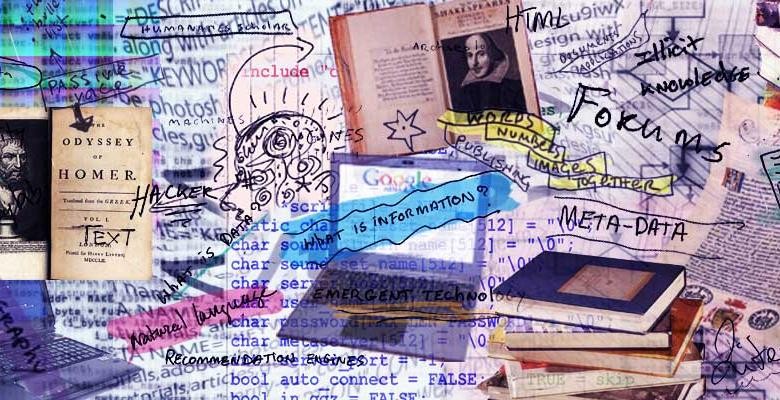Code. Data. Algorithms. Programming languages. These might sound like the language of computer science, but they are increasingly the building blocks of a new generation of storytelling and scholarship that are transforming how Columbians teach, learn and create across virtually every discipline. As the digital revolution sweeps through academia as surely as it has other fields, it has created new opportunities not just for science but for the humanities, enabling interdisciplinary research on an even grander scale. Indeed, it often brings together experts who, a century ago, might not have met each other. “The humanities represent an exciting frontier in digital research,” said David Madigan, executive vice president of Arts and Sciences. “Columbia should be a leader in it.” Columbia’s Digital Storytelling Lab, for example, has brought together statisticians, English professors, filmmakers and social scientists to tell stories in unexpected and, sometimes, never-before-imagined ways.
The University is full of such partnerships. The Libraries have created a network of digital research centers with cutting-edge tools, and provided experts to staff them. There are “research-a-thons” where students and scholars together drill down to discover everything they can about a subject.
“Research questions are transformed by the combination of technology, applications, resources and people working together in new ways,” said University Librarian James Neal, who has presided over the Libraries’ expansion of its commitment to print media to embrace one of the largest collections of electronic resources in North America.
“Now we’re saying, ‘Let’s begin to think differently,’” said Neal. The stories below describe just a few of the ways Columbia is putting these words into practice.

